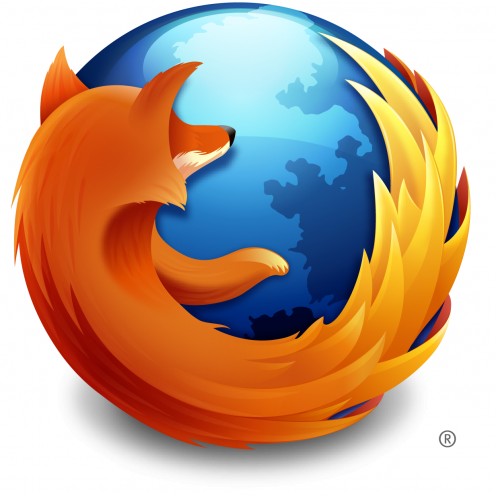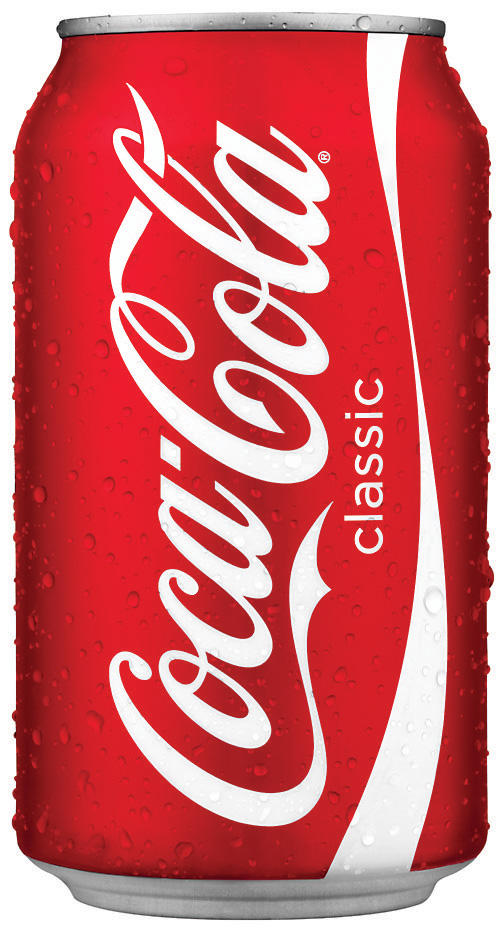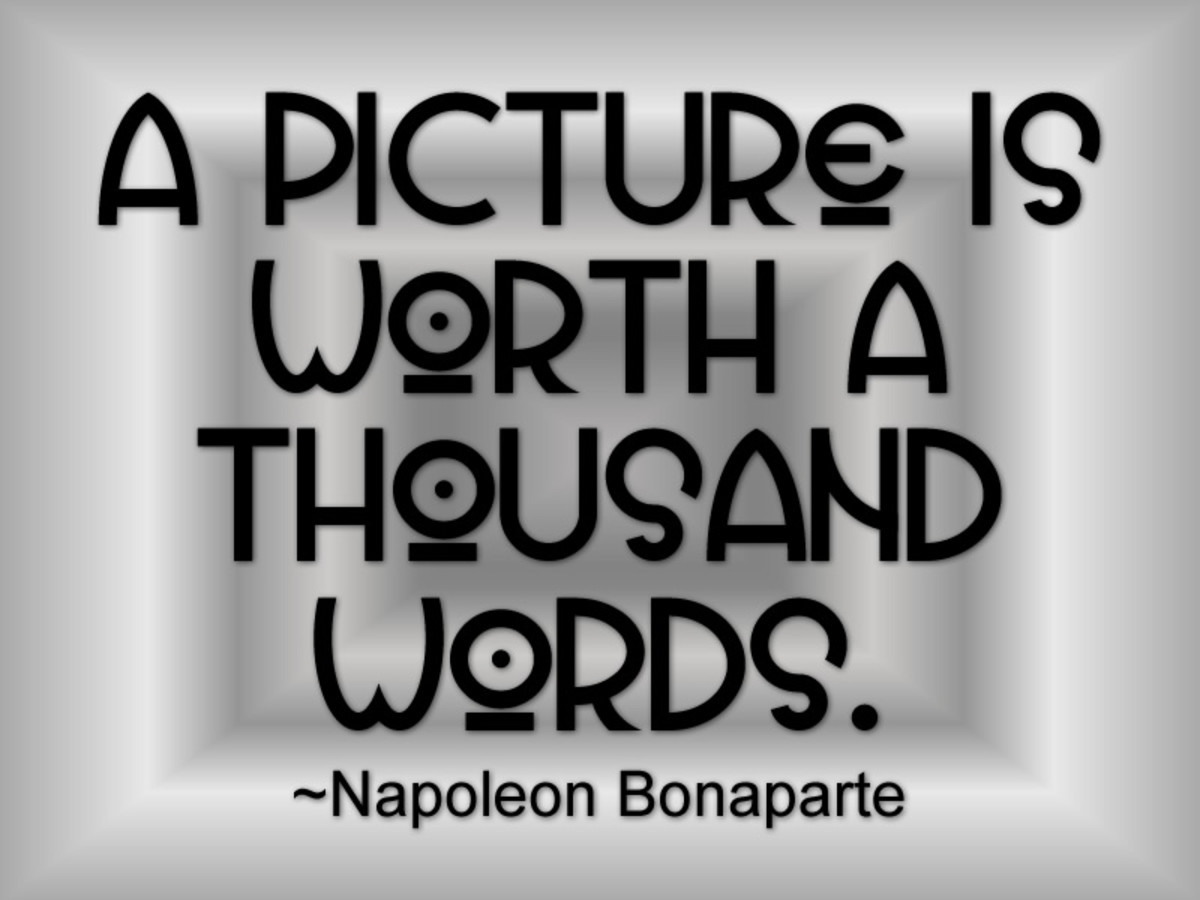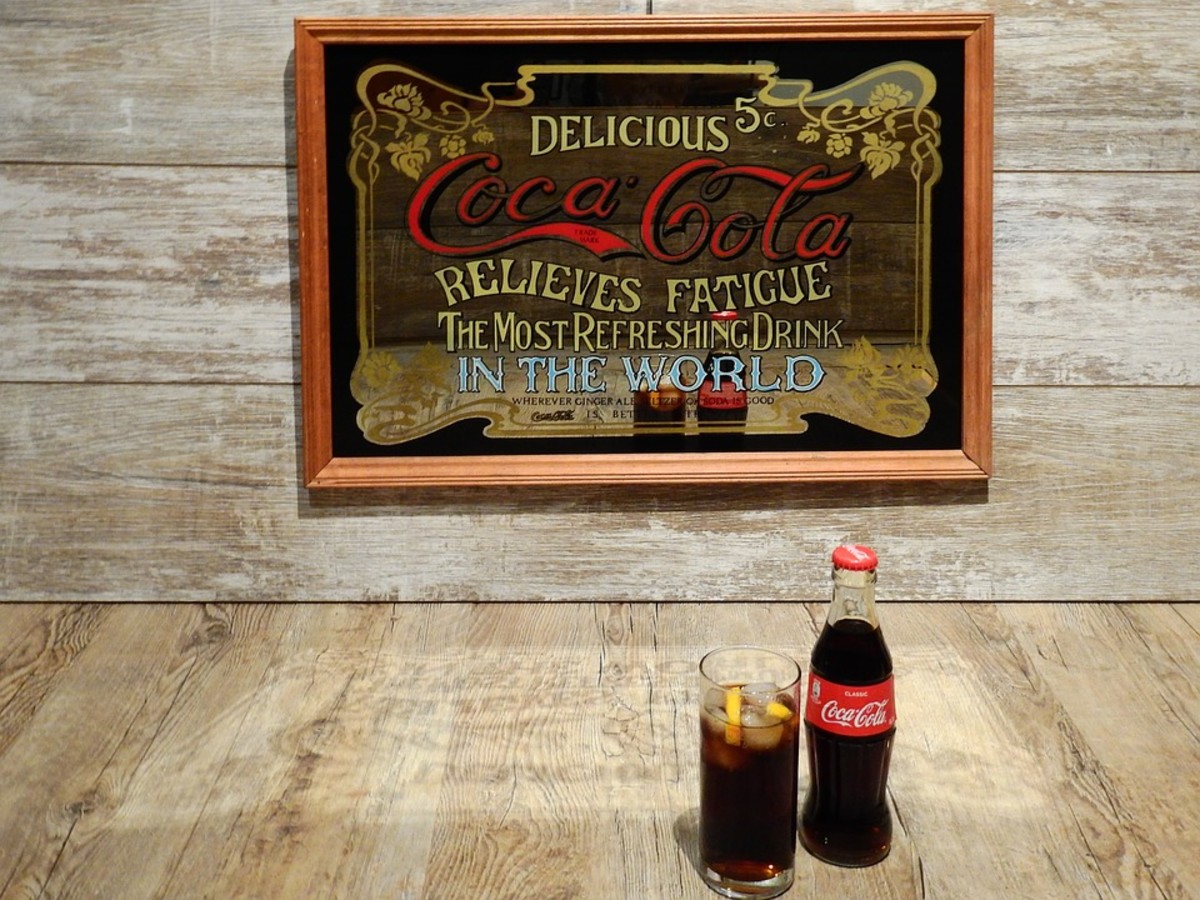How to Use Images of Famous Brands and Trademarks in Articles
Online copywriters know that images can enrich the content and it can also make the content more useful and informative. In many cases it's easy to find images that have been released into the public domain or that are licensed under a free license, such as a Creative Commons license.
However, often we'd like to show an image of a well-known brand or company and such material is usually copyrighted. It can also be a trademark which makes it all the more difficult to find or create an image that you can use freely.
Fortunately, there is a way around it: you can usually find press material that can be used freely and I'll explain that in this article.
Before we continue, I'd like to say that I'm not a lawyer and that this information is provided to the best of my ability but I could be wrong.
The basics of copyright
The basic rule of copyright is that when you make something (such as a photo or an article), it is copyrighted and nobody else can use it without your permission. That is why someone needs to license their photo under a free image license in which they give up some of the rights they own. You can use the photo freely but under certain conditions, such as giving attribution to the person who made the photo.
The same applies to images of logos and other protected material. For example, you can't simply take a screenshot of commercial software yourself and license it under a free license because you don't own the rights of what is depicted.
Many big companies are aware of this problem and they provide press material to journalists and bloggers so they can use it in their work. They provide logos, trademarks, photos of products and screenshots of software so that it can be readily used in articles and stories.
This solves the problem because they have made the material and they also own the rights to it. This mean they can release the images for free under their terms and conditions.

Examples of hubs with this logo
Example #1: Firefox
The Firefox web-browser is well-known for its logo with a firefox and a blue world behind it. You cannot simply take this image and use it in your content, although this happens frequently on the internet but that's a story for a different article.
The organization behind Firefox, Mozilla, has an online press center with a media library in which they provide high-resolution images of the Firefox logo. They also provide guidelines on how this image can be used. For example, you're not allowed to alter it, you're not allowed to suggest that Mozilla endorses what you've written and you're also not allowed to use it in a harmful or deceptive way.
Basically, this should all be common sense and you can simply write about Firefox, such as the latest developments and tips & tricks. In your article you can include one of the logos that Mozilla has provided for the press without any problems.

Example #2: Palm
The company Palm is part of Hewlett Packard and they also have an online media center. You have to comply with there terms and conditions but they mostly correspond with common sense. After that you get to a page where you can view and download high-resolution photos of their mobile devices, such as the one on the right.
The question now is: can you use these images in reviews of these products? Reviews can be mostly positive but it should be possible to point out flaws in the product. I think you can because journalists and bloggers can also write about the product without ignoring the problems that a product may have.

Example #3: Coca-Cola Company
The Coca-Cola Company also has an online press center with an image gallery. In this case I couldn't find a legal document that says how these images can be used. Once again I think common sense applies so no funky modifications and no deceptive use of these images.
A question that comes to mind here: can I be critical of their products while still using an image? What if I'm talking about the health problems that could arise from drinking too much sugared water?
However, doesn't this fall into the same category as the previous company? You are basically "reviewing" a product and you're pointing out the good and bad things about it.
Conclusion
Many people seem to use images and content of others without giving it any thought so I think the above approach is a lot more on the right side of the law. It enables you to use freely provided material of logos, brands and trademarks which can be used as long as you use common sense.
If I have made a mistake in my reasoning then please share your thoughts in the comments section below.
The safest option will always be to use images that you have made yourself, that have been put into the public domain or that have been released under a free image license. It's all pretty complex because I haven't even started about "fair use" which allows you to use copyrighted material as long as its usage is "fair".
This article was written by Simeon Visser. I am earning money online by writing here at HubPages.com. Would you like to earn money online as well? Read the success stories and sign up today to get started!








